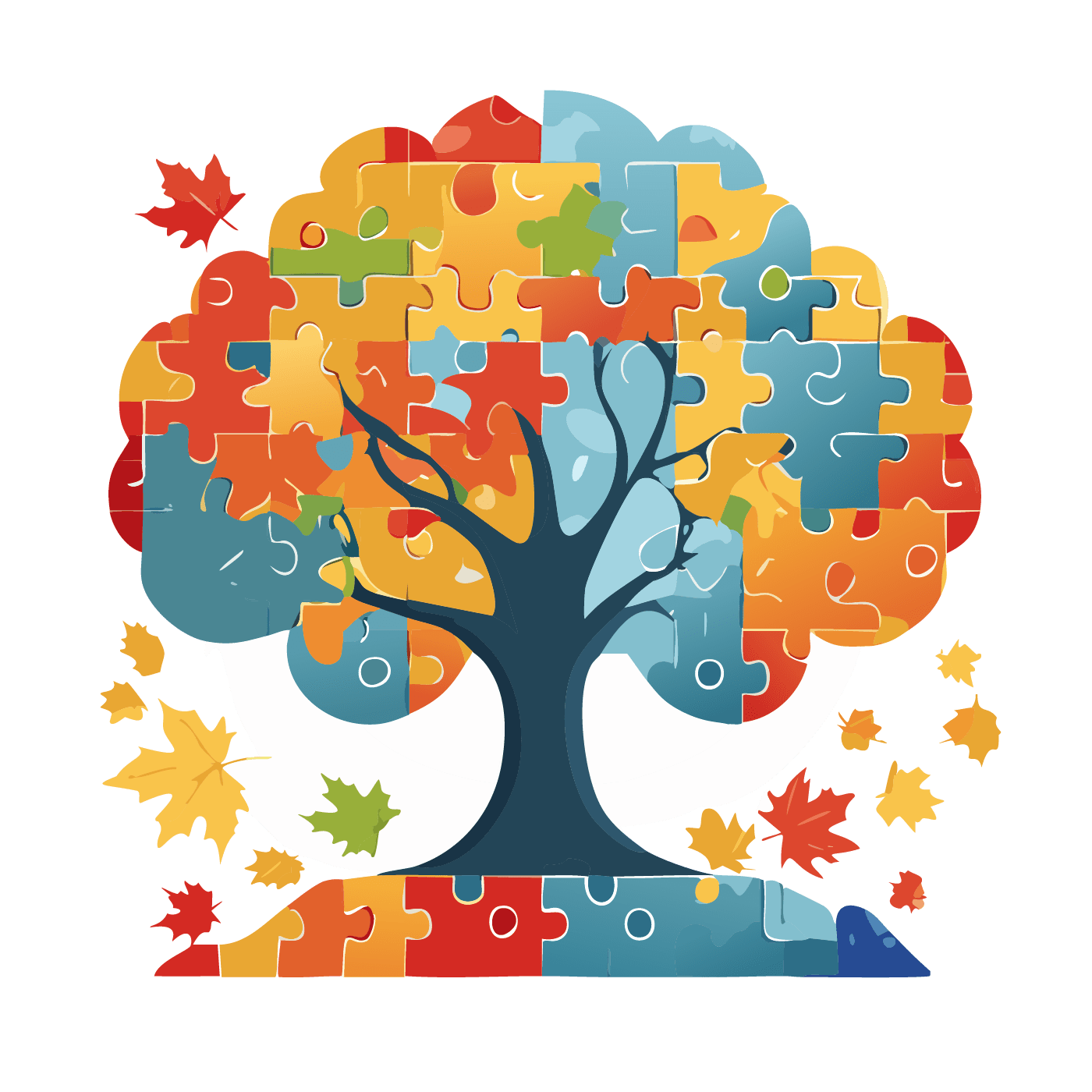Methods, Curriculum Types, and State Requirements
Autism Spectrum Disorder
Autism spectrum disorder (ASD) is a developmental disability that affects how people interact with others, communicate, learn, and behave. It’s a neurological condition that impacts how the brain processes information.

April is Autism Awareness Month
April is Autism Acceptance Month, which is a time to celebrate autistic people and their contributions to society. PDA Day is celebrated on the second Wednesday of May.
What is Autism?
Autism, or autism spectrum disorder (ASD), is a neurodevelopmental disorder characterized by a range of challenges related to social skills, repetitive behaviors, speech, and nonverbal communication. It is a developmental disability that affects how people interact, communicate, learn, and behave. It’s a neurological condition that affects how the brain processes information. The term “spectrum” in autism spectrum disorder reflects the wide variation in challenges and strengths possessed by each individual with autism.
Educational Tips
Communication
- Use Clear and Simple Language
- Be Direct: Use straightforward language. Avoid idioms, metaphors, or sarcasm, as they may be taken literally.
- Be Specific: Give clear instructions and expectations. Instead of saying “behave,” specify what behavior you expect (e.g., “Please sit quietly”).
- Provide Visual Supports
- Visual Aids: Use pictures, charts, or written instructions to complement verbal communication.
- Visual Schedules: Create a daily schedule with images to help students anticipate what comes next.
- Give Extra Processing Time
- Pause: After asking a question or giving instructions, give the student extra time to process the information before expecting a response.
- Repeat if Necessary: Rephrase the question or instruction if the student seems confused, but avoid overwhelming them with too much repetition.
- Be Consistent
- Routine: Maintain a consistent routine to help students feel secure and understand expectations.
- Consistency in Language: To avoid confusion, use the same phrases or words for the same instructions or concepts.
- Minimize Sensory Overload
- Calm Environment: Reduce background noise and distractions when communicating.
- Non-Verbal Cues: Be mindful of your tone of voice and body language, as students with autism may be sensitive to these cues.
- Use Positive Reinforcement
- Acknowledge Efforts: Offer praise and positive reinforcement when the student follows instructions or communicates effectively.
- Specific Praise: Be specific about what behavior or action you are praising.
Task and Assignment Tips for Students with Autism
When designing tasks and assignments for students with autism, it’s important to consider their unique strengths and challenges.

Treatment and Management of Autism
The treatment and management of autism are personalized and vary greatly depending on the individual’s needs, strengths, and challenges. Review some of the primary approaches used.
Develop Social Skills
Here are some engaging social skills activities for children with autism that can help develop their ability to interact with others in a supportive environment
Autism Behavioral Management
Autism Behavioral Management refers to strategies, techniques, and interventions designed to help individuals with Autism Spectrum Disorder (ASD) manage behaviors that may be challenging or disruptive. The goal is to improve the individual’s quality of life, enhance their ability to function in daily activities and support their development of social, communication, and adaptive skills.
Classroom Management for Students with Autism
Classroom management for students with autism requires thoughtful strategies to create a supportive and inclusive learning environment. Students with autism may have unique needs, and understanding these can help manage the classroom effectively.
Autism and the Public Education System
Autism spectrum disorder (ASD) is a neurodevelopmental condition characterized by challenges in social communication and behavior. When it comes to education, individuals with autism may have unique needs that require tailored approaches to support their learning and development.

Questions, Concerns, or Comments
Whether you're just beginning your homeschooling journey or are a seasoned pro, we're so glad you're here. This group is a supportive space for families navigating diverse learning needs, offering curriculum suggestions, adaptive technology, teaching strategies, and practical methods to help your child learn, explore, and thrive.
We encourage engaging, helpful posts and ask that you keep promotions and links minimum. Many families are searching for free or affordable curriculum ideas and resources, and we're committed to helping you find them.
Whether your child is navigating autism, ADHD, dysgraphia, dyscalculia, dyslexia, anxiety, sensory processing differences, or is neurodivergent in any way, you're not alone. We're here to share, support, and grow together.
Welcome!





